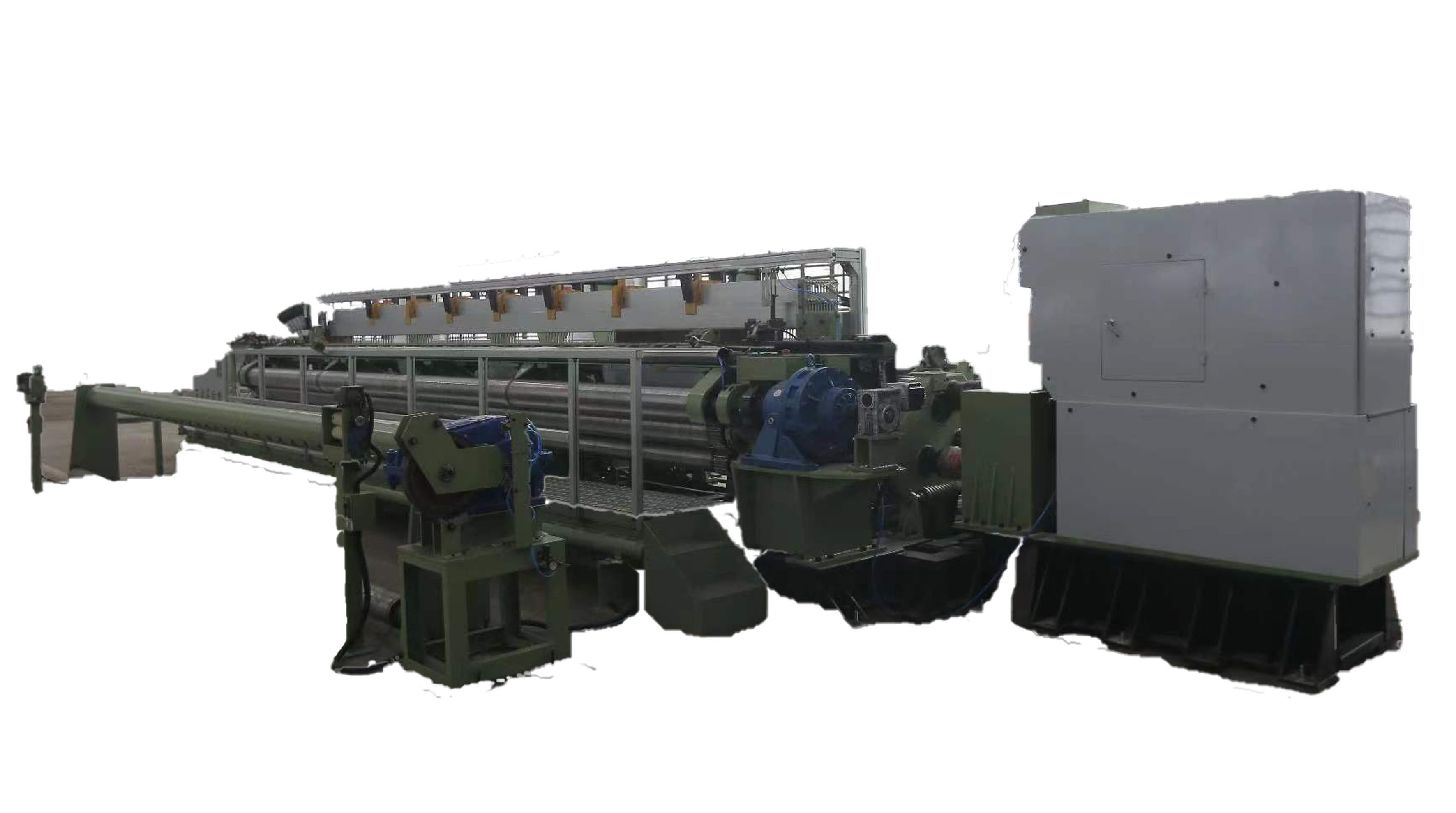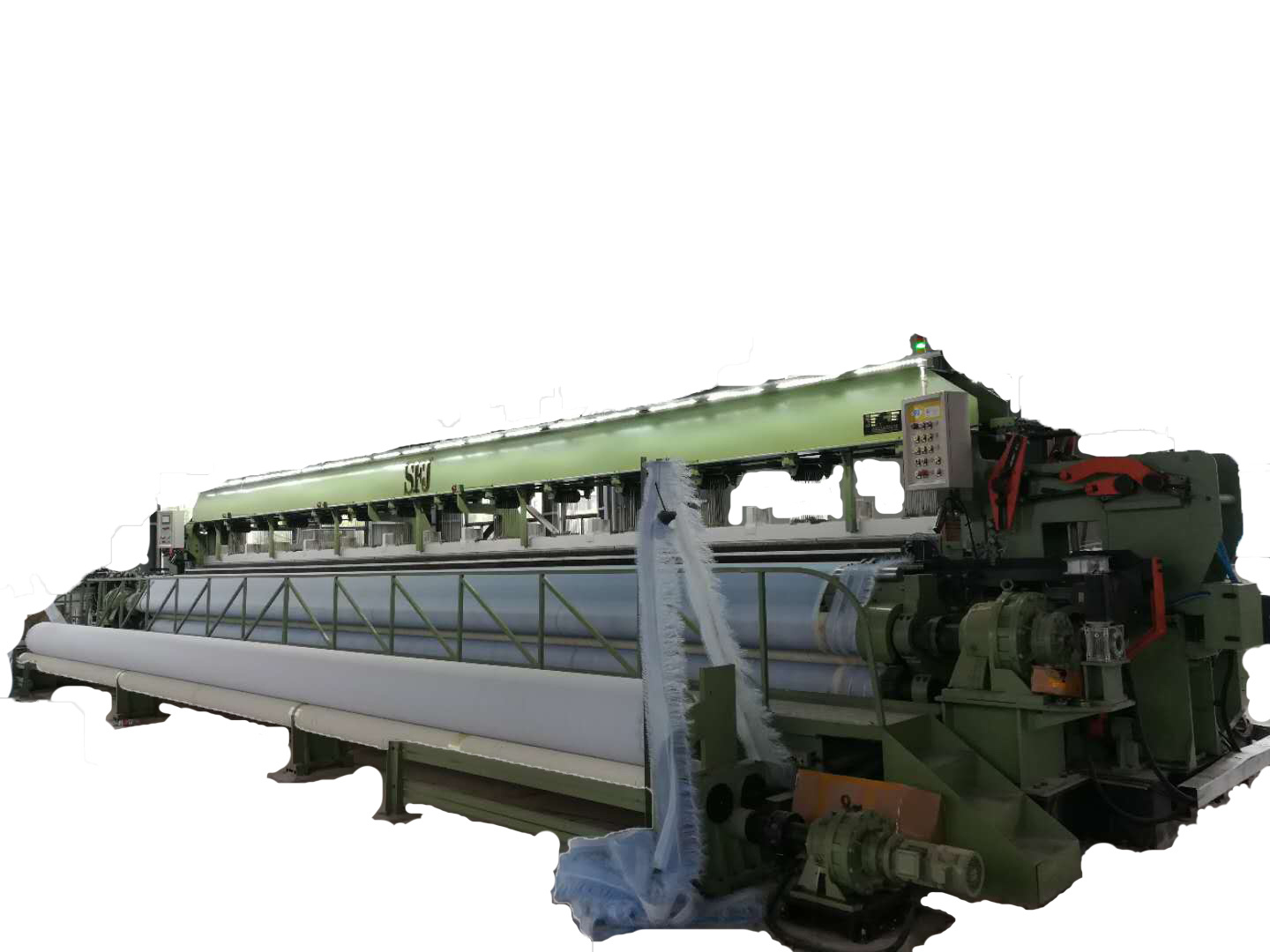Weaving the Future: The Rise ofSpecial Looms in Textile Innovation
The Fabric of Change: An Introduction toSpecial Looms
In the bustling world of textiles, innovation is the name of the game, and at the forefront of this evolution are Special Looms. These remarkable machines are revolutionizing not just how fabric is made but also the types of fabrics that can be produced. So, let’s dive in and explore how these technological marvels are spinning a new narrative in the textile industry!
What AreSpecial Looms?
First things first: what exactly are Special Looms? Well, they’re advanced weaving machines designed for specific and often intricate fabric patterns, textures, and structures that traditional looms simply can’t handle. Think of them as the Swiss Army knives of the textile world—versatile, efficient, and a bit of a game changer!
The Evolution of Weaving Technology
Let’s take a stroll down memory lane. Looms have been around for centuries, but the advent of digital technology has transformed the scene. With the integration of computer-aided design (CAD) and automation, Special Looms are now capable of producing complex designs in record time. This leap in technology not only boosts productivity but also allows for greater creativity in fabric design.
Efficiency Meets Creativity
Picture this: a designer comes up with a jaw-dropping pattern, and with the touch of a button, that design is ready to be woven into fabric! Thanks to Special Looms, the gap between imagination and reality has narrowed. Designers can experiment with diverse materials, from organic cotton to synthetic blends, and create fabrics that are not only visually stunning but also functional.
Sustainability in Weaving
In today’s eco-conscious world, sustainability is more important than ever. Enter Special Looms—these machines help manufacturers reduce waste and enhance efficiency. By using precise weaving techniques, they minimize leftover fabric and energy consumption. Talk about a win-win! Plus, with the rise of eco-friendly fabrics, these looms can help create textiles from sustainable sources, appealing to the green-minded consumer.
The Impact on Local Economies
Now, let’s not forget about the economic side of things. As manufacturers adopt Special Looms, local economies can benefit significantly. With increased production capabilities, businesses can grow, create more jobs, and contribute to their communities. It’s a domino effect that sparks innovation and fosters economic growth. Who wouldn’t want to be a part of that?
Challenges Ahead
But, like any great story, there are challenges. The initial investment for Special Looms can be steep. Small manufacturers might find it tough to keep up with the big players who can afford these state-of-the-art machines. Moreover, the need for skilled workers who can operate and maintain these advanced tools is crucial. Without proper training, all that fancy technology could end up gathering dust!
Looking to the Future
So, what does the future hold for Special Looms? As technology continues to advance, we can expect even more groundbreaking innovations. Imagine looms that can self-adjust based on fabric type or ones that integrate augmented reality for designers to visualize their creations in real-time. The possibilities are endless, and the textile industry is just getting warmed up!
Conclusion: Weaving a Bright Future
In conclusion, Special Looms are more than just tools; they represent the future of textile production. As they blend efficiency with creativity and sustainability, they’re paving the way for a new era in the industry. Whether you’re a designer, manufacturer, or just a fabric enthusiast, it’s an exciting time to watch how these innovations unfold. So, let’s grab our threads and get ready to weave a bright future together!
Tag:










